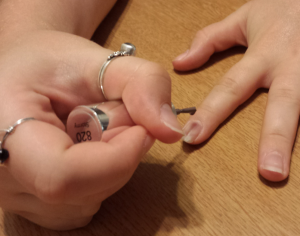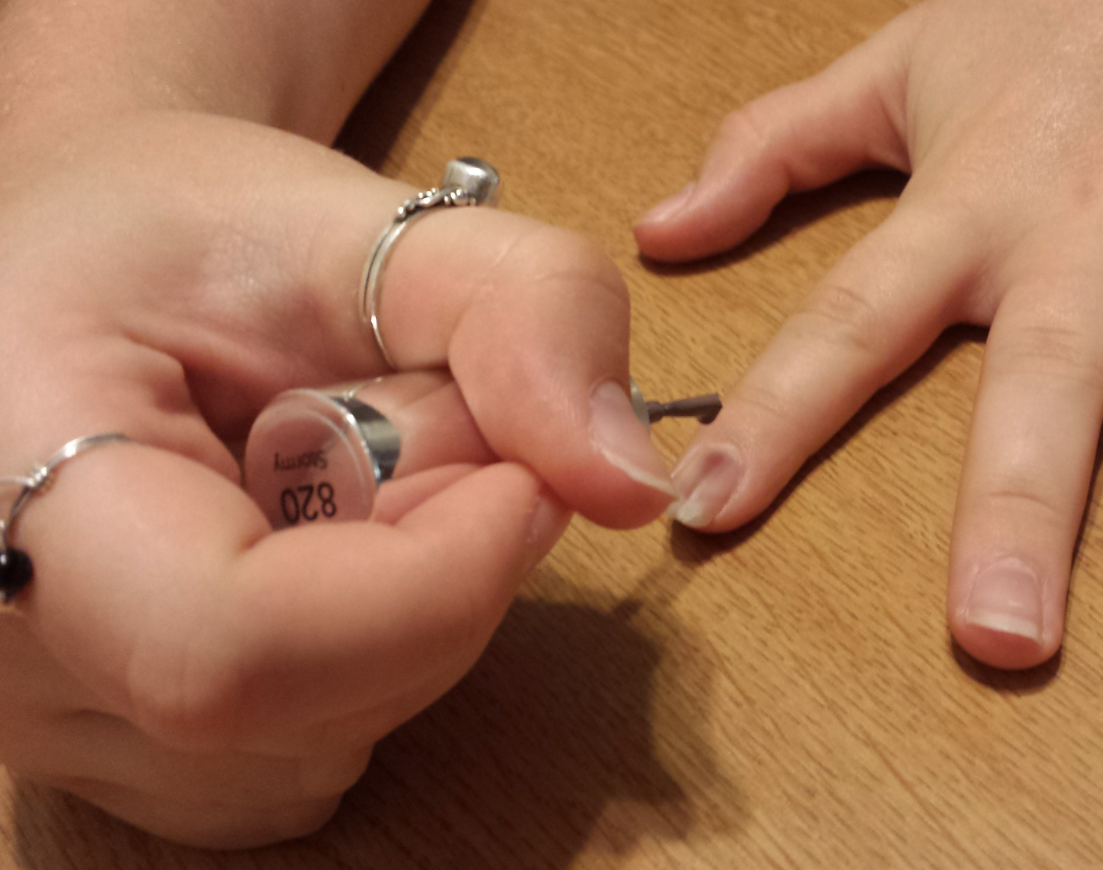Similar to drug-detecting cups and straws already on the market, a new nail polish able to discover drugs commonly used in date rapes may one day become available to St. Thomas students.
Undercover Colors founders Ankesh Madan, Stephen Gray, Tasso Von Windheim and Tyler Confrey-Maloney, all undergraduates at North Carolina State University, are currently using donations and other funds to conduct research and development for the polish.
Once finalized, the group said the product will alert wearers to common date rape drugs such as Rohypnol, Xanax and GHB by changing color after the wearer stirs her drink with her finger.
Feminist Community co-leader Emma Kopp compared the nail polish to carrying pepper spray.

“It might make women feel more at ease in a situation they might not feel totally comfortable in,” Kopp said.
But while wearing the polish may help women feel safer, FemCom leaders are more concerned with why this product is needed in the first place.
Shannon Twiss, another FemCom co-leader, said a flaw she sees in the product is that it puts the responsibility to stay safe on the potential victim.
“There are so many ways that our society already blames the victim,” Twiss said. “There’s so much guilt that often comes along with surviving sexual assault and we shouldn’t be adding to that in any way.”
“It just adds one more on the list of things that women ‘should’ do to help protect themselves from sexual assault,” Madelyn Larsin, another FemCom leader, said.
Michael Barrett, Public Safety associate director and manager of investigations, said the nail polish doesn’t just highlight a female issue.
“It’s men and women,” Barrett said. “It’s about men standing up for women and taking responsibility for their actions.”
Barrett added that people need to watch out for each other and help prevent this product from being necessary in the first place.
“If men and women agree to take care of each other and have pacts or agreements to stay safe, these tools are not as needed,” he said.
Sophomore Austin Knowlton said he thinks this product could reduce incidents of date rape.
“It’s pretty innovative,” Knowlton said. “I think it’s a good idea, at least in these early stages.”
Sophomore Sydney Burford said the nail polish could be a good product to have, but that it is important to remember not to blame a potential victim.
“We have to be wary of victim-blaming for those who choose not to use the product,” Burford said. “Nothing can replace teaching not to date rape, but I think the nail polish can help prevention quite a bit.”
According to FemCom co-leader Morgan Schreurs, it misses one aspect of prevention completely.
“As a lot of us know here in college, one of the most common date rape drugs is just alcohol,” Schreurs said. “Getting somebody drunk, having sex with them while they are intoxicated and therefore, unable to give affirmative consent.”
Kopp added that the polish raises the question of what would happen if a woman’s drink tested positive.
“If your potential assailant sees you dip your finger in your drink, look at your nail and, oh, it’s a different color, what do you do and how do you get out of that situation?” Kopp said.
Kopp said she believes education is the best avenue to take for date rape prevention.
“There aren’t enough dialogues with young people that talk about what rape is and what is appropriate and what consent is,” Kopp said.
Larsin said she thinks breaking out of victim-blaming and rape culture will take a long time, and the nail polish could be a good tool until that happens.
“It’s great to have as many tools in the toolkit as possible,” Schreurs said. “But then we need to look at these tools individually, put on our critical thinking caps and really understand what those implications are for the utilization of those tools.”
Jamie Bernard can be reached at bern2479@stthomas.edu.

